Exercise Library
Muscle Groups
The human anatomy consists of several muscle groups that work together to move, lift, and stabilize our bodies. Understanding these muscle groups can help you create a balanced workout routine that targets all areas of your body.
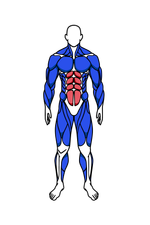
The abdominal muscles, or abs, are a group of muscles that extend from the ribcage to the pelvis. They are responsible for flexing the spine, stabilizing the core, and supporting the back.
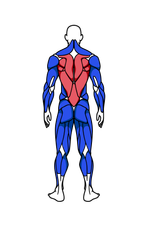
The back muscles are a group of muscles that extend from the neck to the pelvis. They are responsible for supporting the spine, stabilizing the core, and allowing for movement of the upper body.
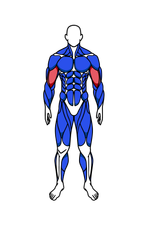
The biceps are a group of muscles that extend from the shoulder to the elbow. They are responsible for flexing the elbow, supinating the forearm, and assisting in lifting and pulling movements.
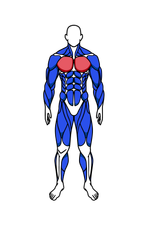
The chest muscles, or pecs, are a group of muscles that extend from the sternum to the shoulder. They are responsible for flexing the shoulder, adducting the arm, and assisting in pushing movements.
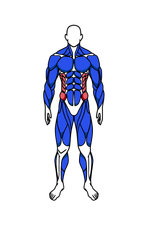
The core is a group of muscles that extend from the pelvis to the ribcage. They are responsible for stabilizing the spine, supporting the body during movement, and assisting in lifting and twisting movements.
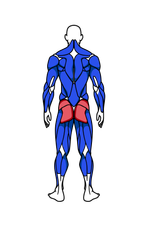
The glutes, or buttocks, are a group of muscles that extend from the pelvis to the thigh. They are responsible for extending the hip, rotating the thigh, and stabilizing the pelvis.

The legs are a group of muscles that extend from the hip to the ankle. They are responsible for extending the hip, flexing the knee, and supporting the body during walking and running.
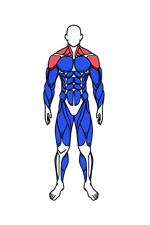
The shoulders, or deltoids, are a group of muscles that extend from the clavicle to the scapula. They are responsible for flexing the shoulder, abducting the arm, and assisting in lifting and pulling movements.
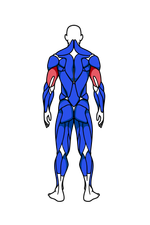
The triceps are a group of muscles that extend from the shoulder to the elbow. They are responsible for extending the elbow, stabilizing the shoulder, and assisting in pushing movements.